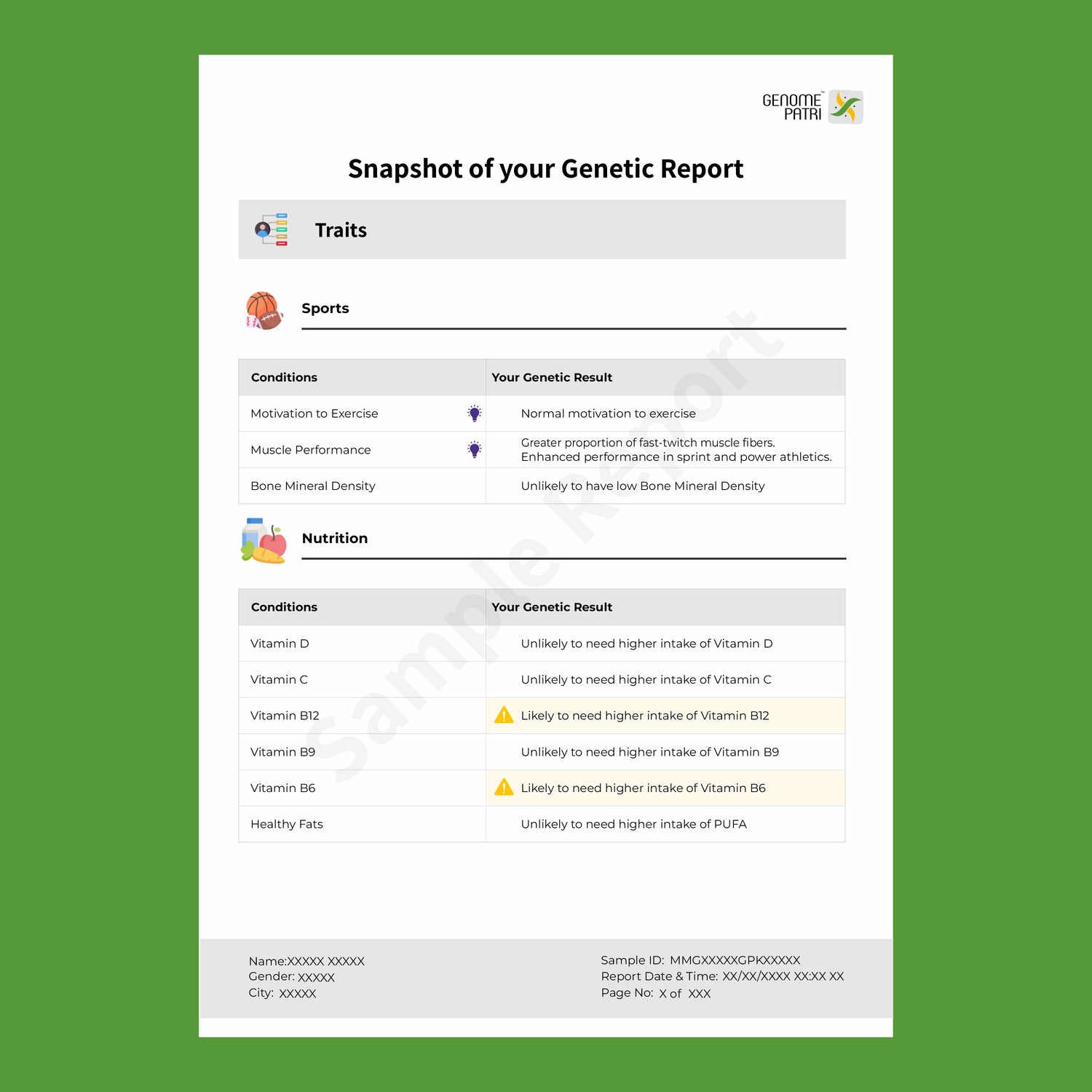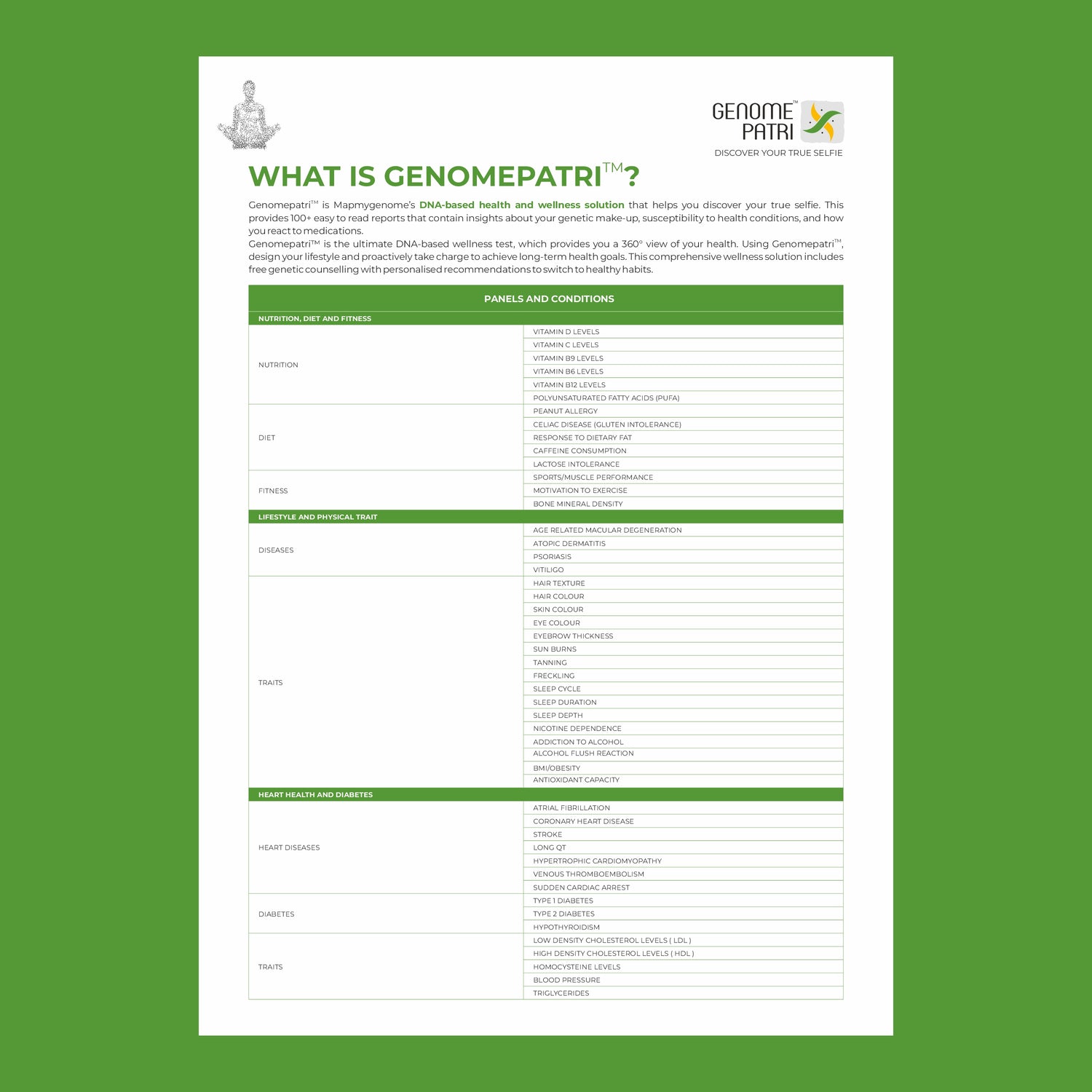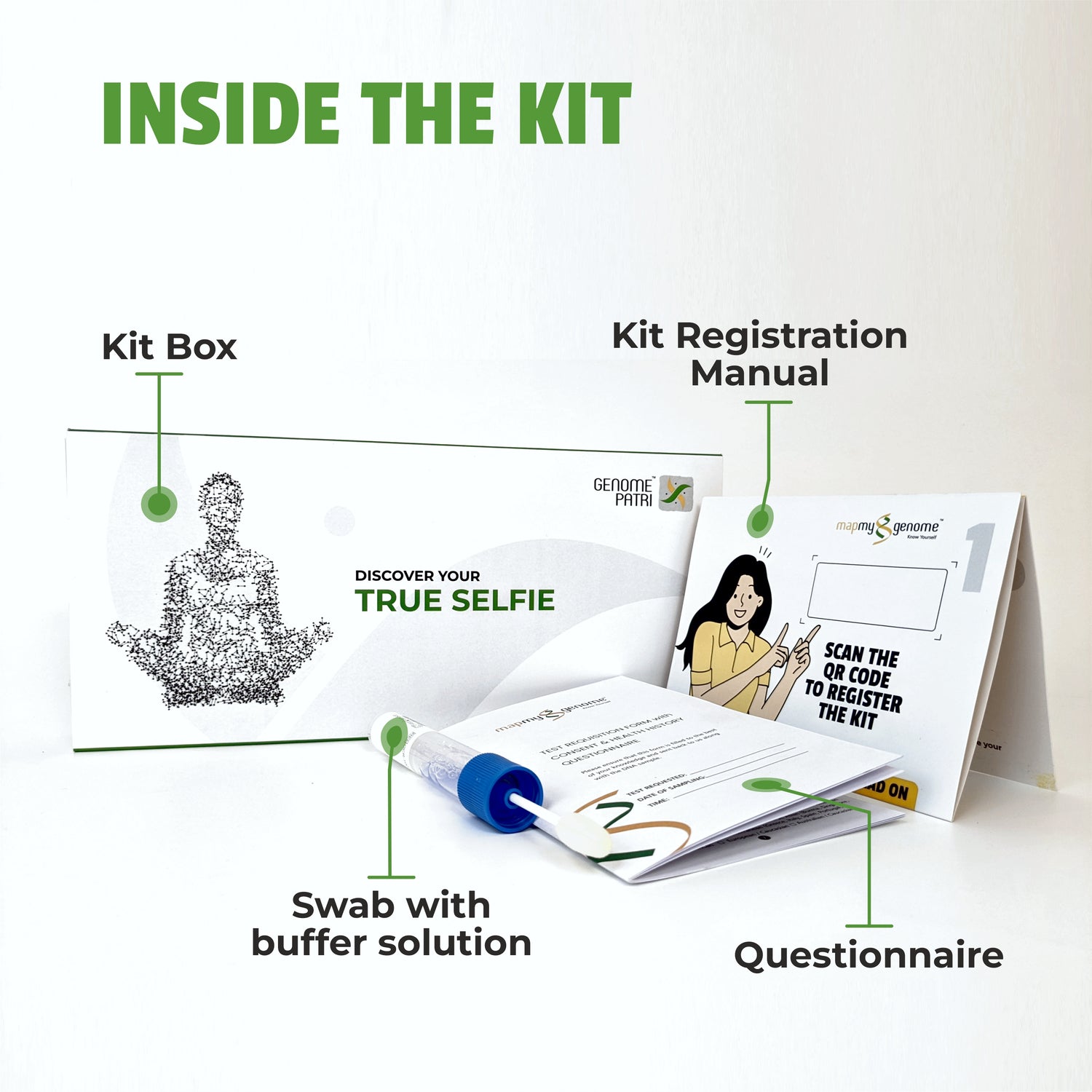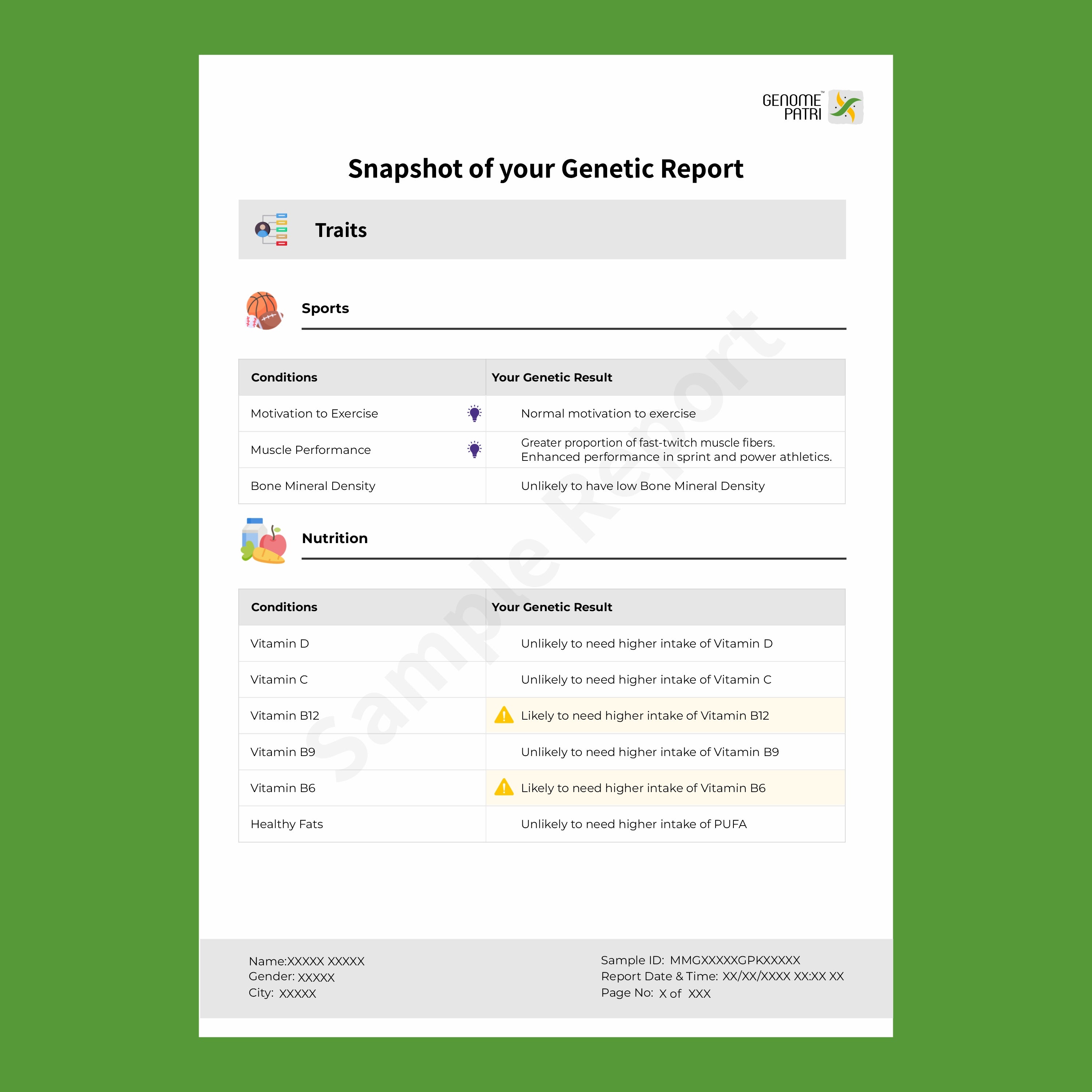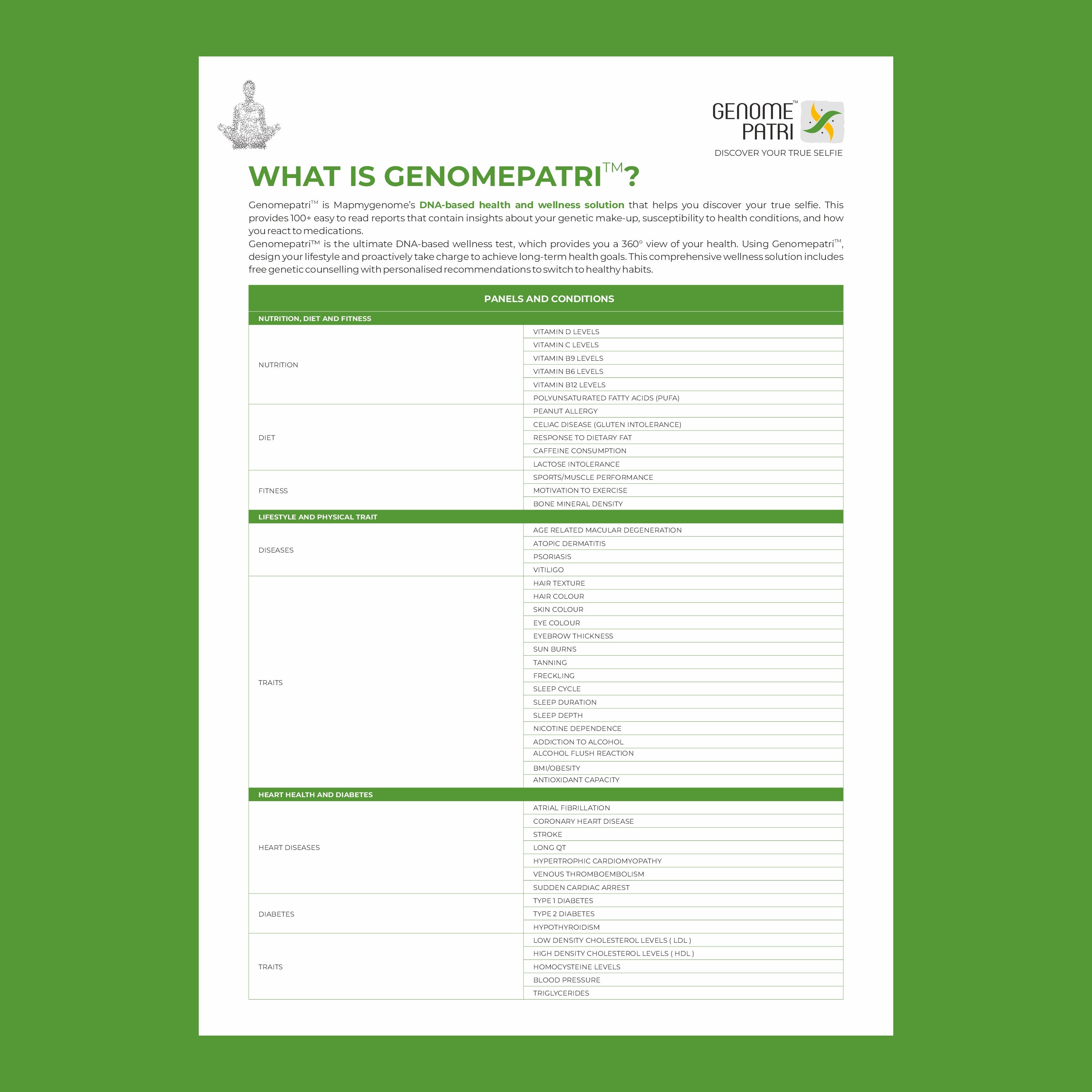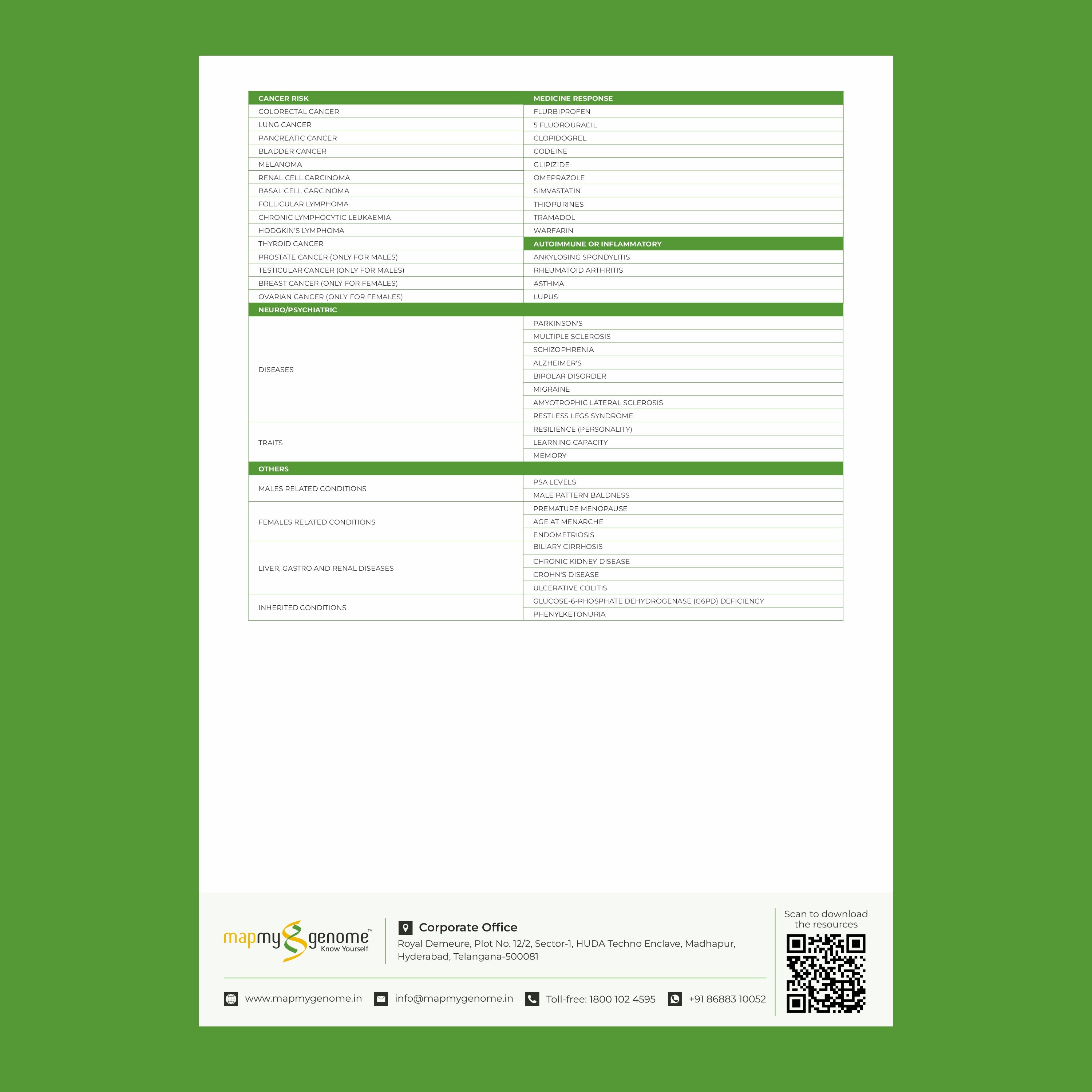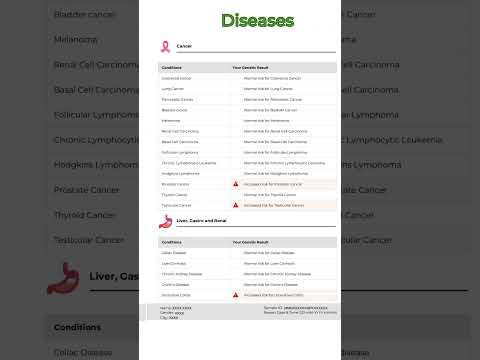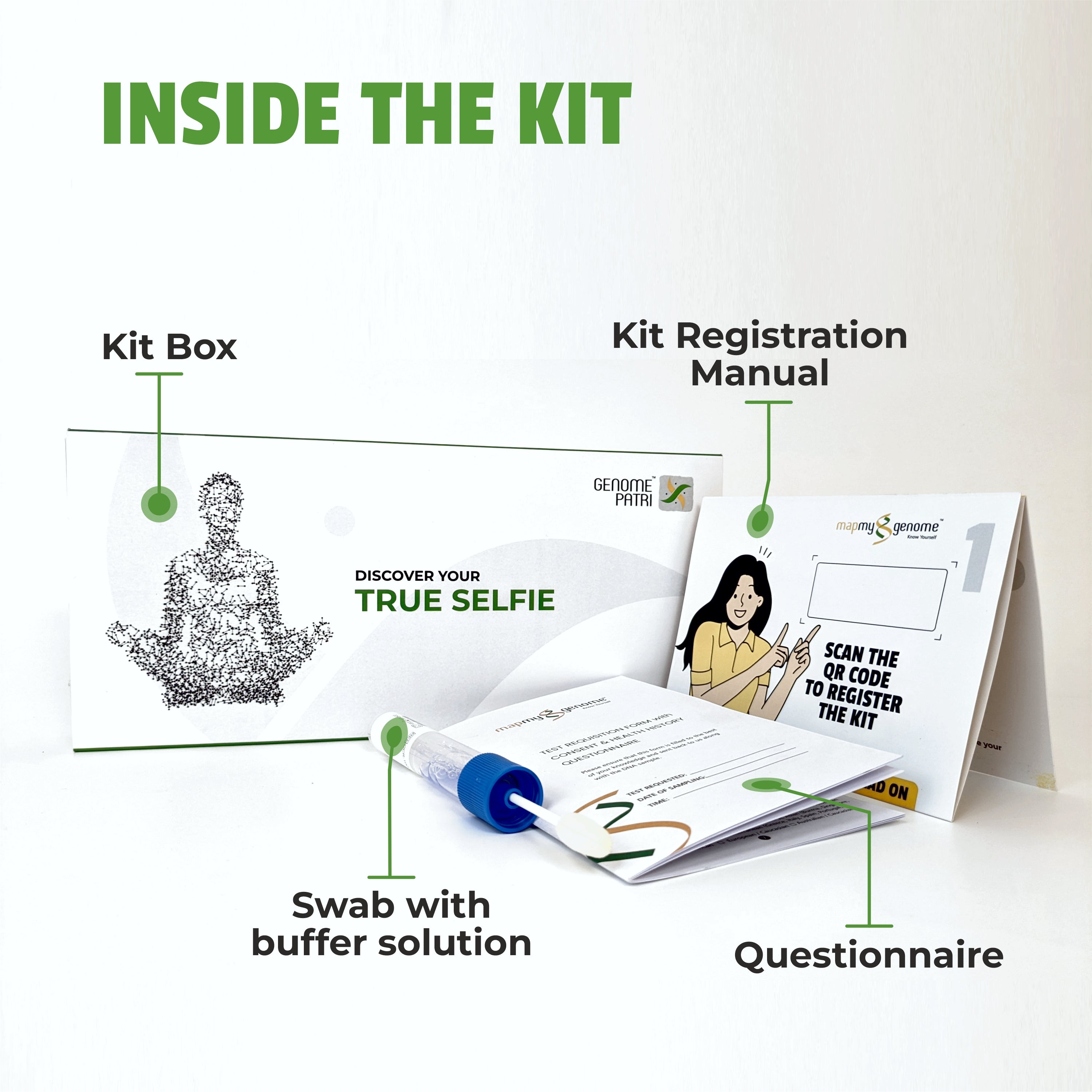Waterborne diseases pose significant public health challenges, especially in regions with inadequate sanitation and water supply systems. Among these diseases, cholera, typhoid, and hepatitis A are particularly prevalent and can have severe health consequences. This blog post aims to provide a comprehensive understanding of these diseases, their symptoms, and effective prevention tips to help protect you and your loved ones.
Cholera: Symptoms and Prevention
What is Cholera?
Cholera is an acute diarrheal illness caused by the bacterium Vibrio cholerae. It is primarily spread through contaminated water and food. Cholera outbreaks can be severe and are often linked to poor sanitation conditions.
Symptoms of Cholera
Cholera symptoms can range from mild to severe and typically appear within two to five days after infection. The most common symptoms include:
- Severe Diarrhea: Sudden onset of watery diarrhea, often described as "rice-water stools."
- Vomiting: Frequent vomiting, which can lead to further dehydration.
- Dehydration: Rapid fluid loss resulting in dehydration, characterized by dry mouth, extreme thirst, and decreased urine output.
- Muscle Cramps: Caused by the loss of electrolytes.
- Shock: Severe cases can lead to hypovolemic shock, a life-threatening condition due to low blood volume.
Prevention Tips for Cholera
- Drink Safe Water: Use bottled, boiled, or chemically treated water for drinking, cooking, and brushing teeth.
- Practice Good Hygiene: Wash hands thoroughly with soap and clean water, especially before eating and after using the toilet.
- Eat Safe Food: Avoid raw or undercooked foods, and consume only food that is cooked thoroughly and served hot.
- Clean and Disinfect: Regularly disinfect surfaces and utensils that come into contact with food.
- Vaccination: In areas where cholera is common, consider getting vaccinated.
Typhoid: Symptoms and Prevention
What is Typhoid?
Typhoid fever is a bacterial infection caused by Salmonella typhi. It spreads through contaminated water and food, particularly in areas with poor sanitation.
Symptoms of Typhoid
Typhoid symptoms usually develop one to three weeks after exposure and can include:
- Fever: Gradual onset of a high fever that can reach up to 104°F (40°C).
- Weakness and Fatigue: General malaise and tiredness.
- Abdominal Pain: Discomfort and pain in the stomach area.
- Headache: Persistent and severe headache.
- Rash: Flat, rose-colored spots on the chest and abdomen.
- Constipation or Diarrhea: Both constipation and diarrhea can occur, depending on the stage of the illness.
- Loss of Appetite: Reduced desire to eat, leading to weight loss.
Prevention Tips for Typhoid
- Ensure Safe Drinking Water: Drink only boiled, bottled, or chemically treated water.
- Practice Good Hygiene: Wash hands frequently with soap and water, especially before meals and after using the bathroom.
- Safe Food Practices: Avoid street food, eat only well-cooked meals, and peel fruits and vegetables.
- Vaccination: Get vaccinated if you are traveling to areas where typhoid is endemic.
- Avoid Ice: Refrain from consuming ice in drinks as it may be made from contaminated water.
Hepatitis A: Symptoms and Prevention
What is Hepatitis A?
Hepatitis A is a highly contagious liver infection caused by the hepatitis A virus (HAV). It spreads through ingestion of contaminated food and water or direct contact with an infected person.
Symptoms of Hepatitis A
Symptoms of hepatitis A usually appear two to six weeks after infection and can include:
- Jaundice: Yellowing of the skin and eyes.
- Fatigue: Extreme tiredness and lack of energy.
- Abdominal Pain: Discomfort in the upper right side of the abdomen.
- Loss of Appetite: Reduced desire to eat, often accompanied by nausea.
- Fever: Mild fever.
- Dark Urine: Urine that appears darker than usual.
- Pale Stools: Light-colored bowel movements.
- Joint Pain: Pain in the joints.
Prevention Tips for Hepatitis A
- Vaccination: The most effective way to prevent hepatitis A is through vaccination. Two doses are recommended for long-term protection.
- Practice Good Hygiene: Wash hands thoroughly with soap and water, especially after using the restroom and before eating.
- Safe Food and Water: Drink bottled or boiled water and avoid consuming raw or undercooked shellfish.
- Avoid Unhygienic Practices: Be cautious when eating food prepared by others, especially in areas with poor sanitation.
- Travel Precautions: When traveling to areas with a high prevalence of hepatitis A, take extra care with food and water.
The Role of Early Detection and Diagnosis
Early detection and diagnosis of waterborne diseases like cholera, typhoid, and hepatitis A are crucial for effective treatment and prevention of complications. Seeking medical attention promptly when symptoms appear can lead to timely intervention and reduce the spread of these infections. Healthcare providers can conduct appropriate tests to confirm the diagnosis and recommend treatment plans tailored to the specific disease.
Conclusion
Understanding the symptoms and prevention tips for common waterborne diseases such as cholera, typhoid, and hepatitis A is essential for protecting yourself and your community. By practicing good hygiene, ensuring safe food and water consumption, and considering vaccination, you can significantly reduce your risk of contracting these infections. Remember, early detection and prompt medical attention play a vital role in managing these diseases effectively. Stay informed, stay safe, and take proactive steps toward a healthier life.




